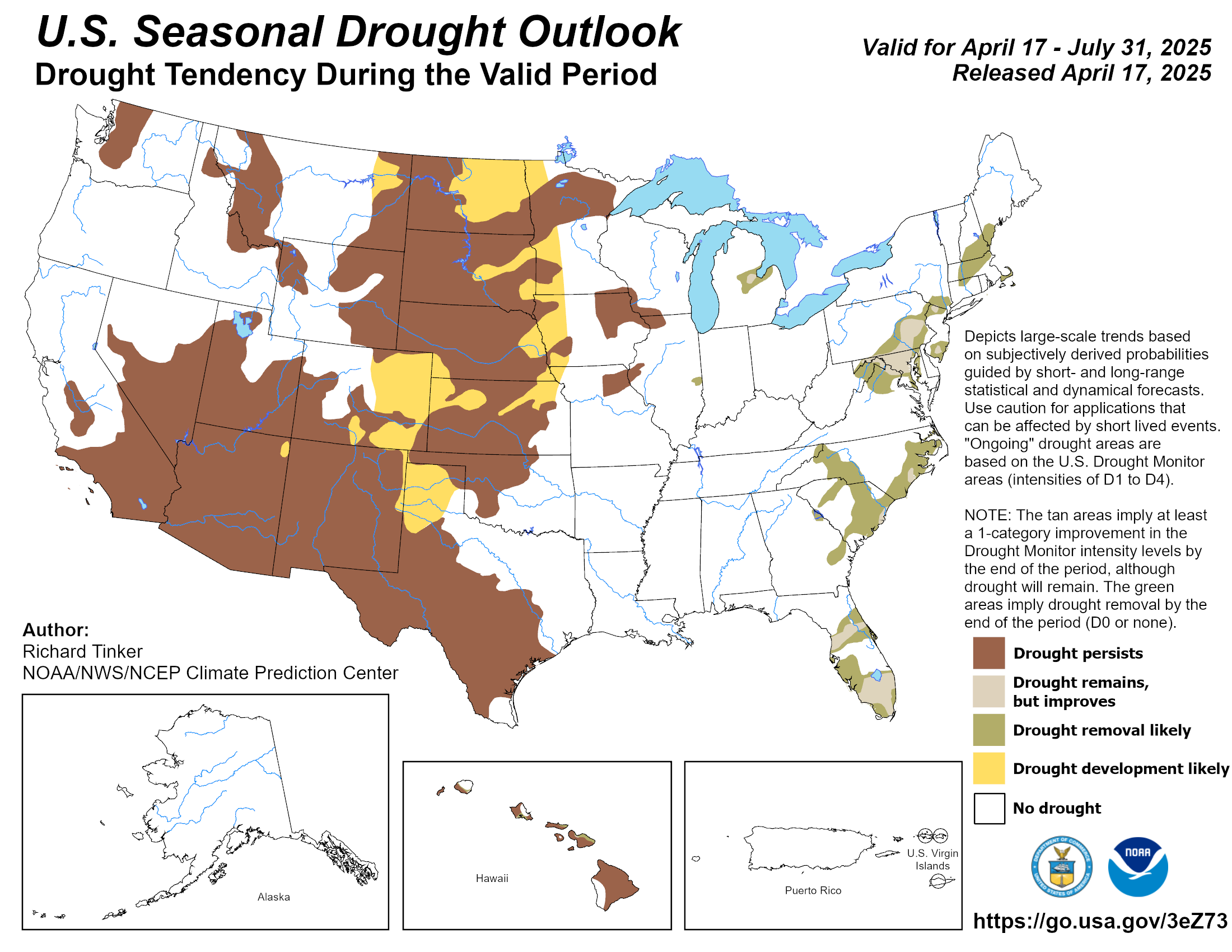This is the reality of spring in Alabama: she’s a fickle tease or else just can’t make up her mind, and woe to the gardener that is lulled by the charms of a warm week into thinking winter is done. It was sunny and in the 70’s a couple of days ago, but tonight it will probably snow. Tomorrow night, the wind chill will drop near zero and actual temps will be in the teens. But the march toward warm weather is relentless. The sunlight falls differently and lasts noticeably longer each day, and the birds are singing their mating calls as loudly and often as they can. The trees are tinged with pink and orange, their buds nearly ready to burst open. Some of the precocious shrubs like forsythia and witchhazel are in full bloom.
Fields and lawns are filled with color as the early spring weeds begin their cycle of reproduction, giving bees a bit of early forage and us humans a bit of color among the dormant, brown summer grasses. One person’s lovely bloom is a lawn aficionado’s enemy, but I like the shades of purple, blue, pink, white and yellow that my lawn runs through in spring. Soon enough the bermuda and St. Augustine grass will take over, but right now belongs to the “weeds.”
Weeds like henbit, an edible member of the mint family. Notwithstanding the timeless allure of blowing dandelion seed heads into the wind (to the silent dismay of my lawn-loving father), the fragile purple blossoms of henbit were my favorite, and I carefully gathered them into spring bouquets for my Mom.
Bittercress was harder to find, but I would pick that, too. It’s a member of the mustard family and has a pleasant spicy bite to it, not too hot to eat by itself but gives a bit of a zing in salads. It is not bitter at all, despite the name.
Speedwell, aka Veronica, is also blooming now. Its tiny blue flowers are easily overlooked by themselves, but in mass they are a pleasing delicate blue. Also edible and very nutritious, it tastes a bit like watercress although it can be quite bitter. My local variety is probably Veronica persica, or Persian Speedwell. It’s a European import that has spread throughout the United States, and historically was used as a tea to help reduce excess mucus from colds. Scientific research on this plant is, unfortunately, very slim — but it’s still a cheerful blue.
More lovely spring “weed” flowers are coming, from the cousin to henbit, Dead Nettle, to buttercup, dandelions and clover and the very useful chickweed. Those are waiting for the soil to warm up just a little bit more, but I will be enjoying the terrible, pretty lawn weeds for their ephemeral spring lifespan.


















